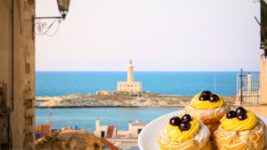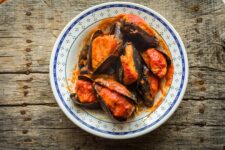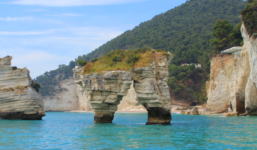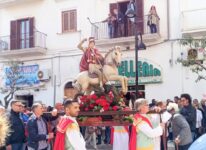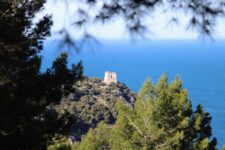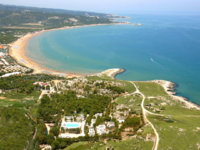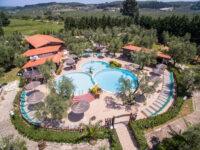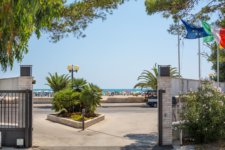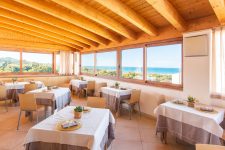Il Cheese it is one of the symbols of Apulian gastronomy. This round-shaped cheese probably owes its name to the custom of hanging the fresh cheeses, tied in pairs, astride a beam to let them age.
On the Gargano the “Caciocavallo Podolico“, that particular variety of caciocavallo produced exclusively with the milk of Podolica breed cows, which arrived in Italy around 450 AD
La Podolian race has an exceptional power of adaptation to harsh environments, and today it is bred purely in the wild or semi-wild, a feature that allows its milk to have unique properties that make it perfect for the production of caciocavallo: thanks to the freedom of movement, the cows are able to feed on a great variety of wild herbs which give the milk first, and then the cheese, the peculiar organoleptic properties.
The caciocavallo podolico is seasoned up to 36 months, traditionally in caves: the seasoning gives it a very strong flavour, while when fresh it is much more delicate.
Handcrafted according to ancient traditions, it is, together with cacioricotta, one of the symbols of the Gargano, closely linked to its cultural and food identity.
The traditional recipe involves heating the cow's milk up to a temperature of about 37 degrees, then the coagulation phase takes place thanks to the addition of calf rennet. After 30 minutes the curd is broken into many tiny pieces in order to facilitate the loss of whey. This is extracted by bringing the curd to temperatures of 60 degrees for 3 or 4 consecutive times. At this point the curd is modeled in the shape of the caciocavallo and immersed in brine for 2 days. Subsequently it is important that the seasoning takes place in the damp of cellars or caves.
The result will be a hard cheese with a straw yellow color and a sweet to spicy flavor (depending on the seasoning). Excellent grilled accompanied by full-bodied red wines.
In addition to the "Caciocavallo Podolico" a variety called "Caciocavallo Garganico" is produced, with milk from crossbred cattle breeds, but with characteristics very similar to the variant produced exclusively with milk from Podolian cows.
The link between the Gargano and the dairy tradition is testified to us by the historian Michelangelo Manicone, who in his "physics appulate” of 1806 focuses on the caciocavalli of the Gargano, especially those of Arigna (Rignano Gargano):
With regard to the cow's milk products of the Gargano, they are the best in the Province. The caciocavallo cheeses are excellent…since the serpillo, thyme, mountain polio, lemon balm and many other healthy, nutritious and precious herbs for livestock are born in the territory of this land… it is very true that the herb greatly influences the quality of the milk; but the variety of cheeses, both cow's and pecorino, depends entirely on the more or less skilled hand…with the same milk, an expert farmer will make you a cheese for people of taste, and another ignorant one a cheese, which will not be found to barter not even in his own country. Therefore, everything, I reply, from art'

The Apulian podolico caciocavallo is a very versatile cheese in the kitchen, ideal to be cut into slices and served as an appetizer or aperitif, prepared on the grill, accompanied by red wines from Puglia, but also to be grated on pasta, pizza and soups.
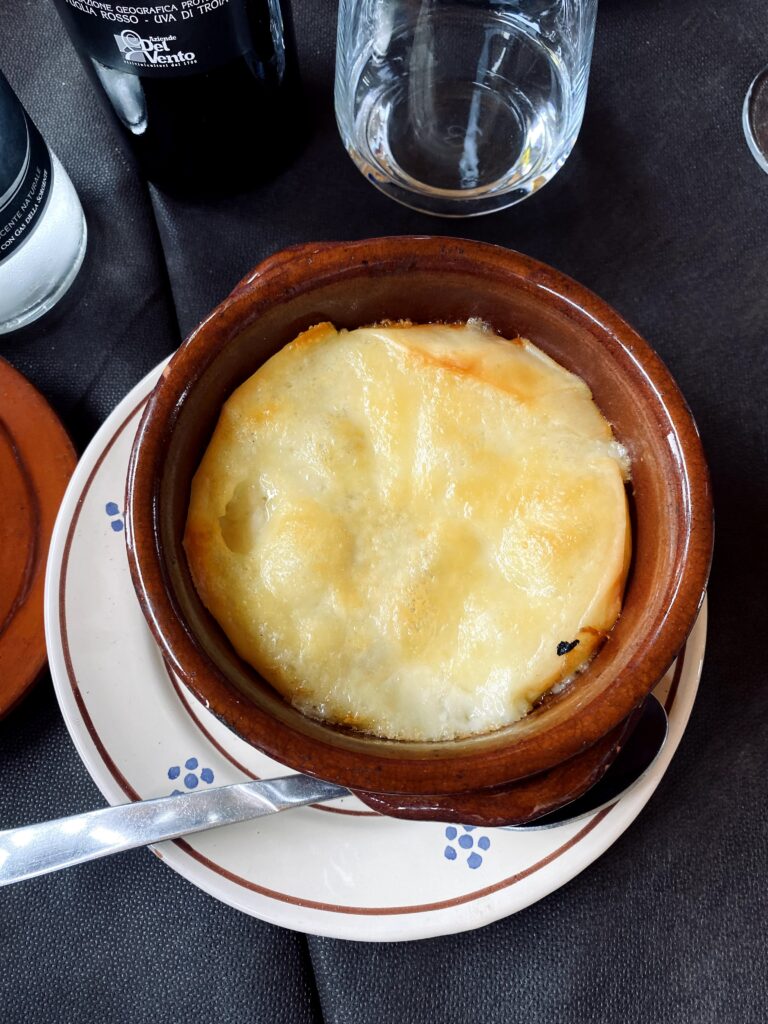

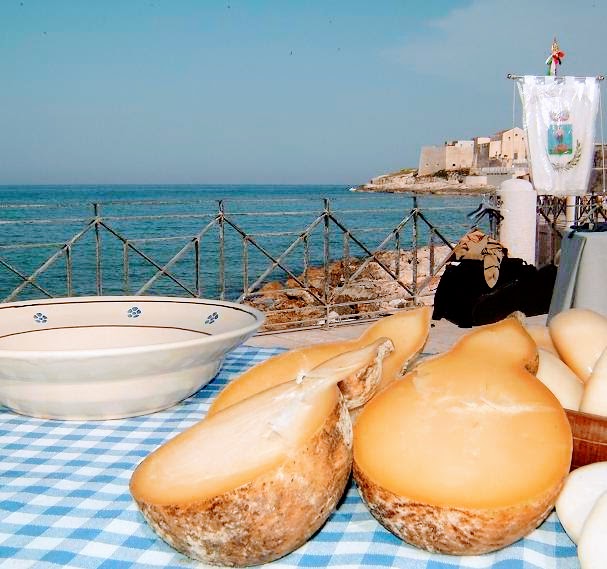

 Turismovieste.it is created by
Turismovieste.it is created by 
